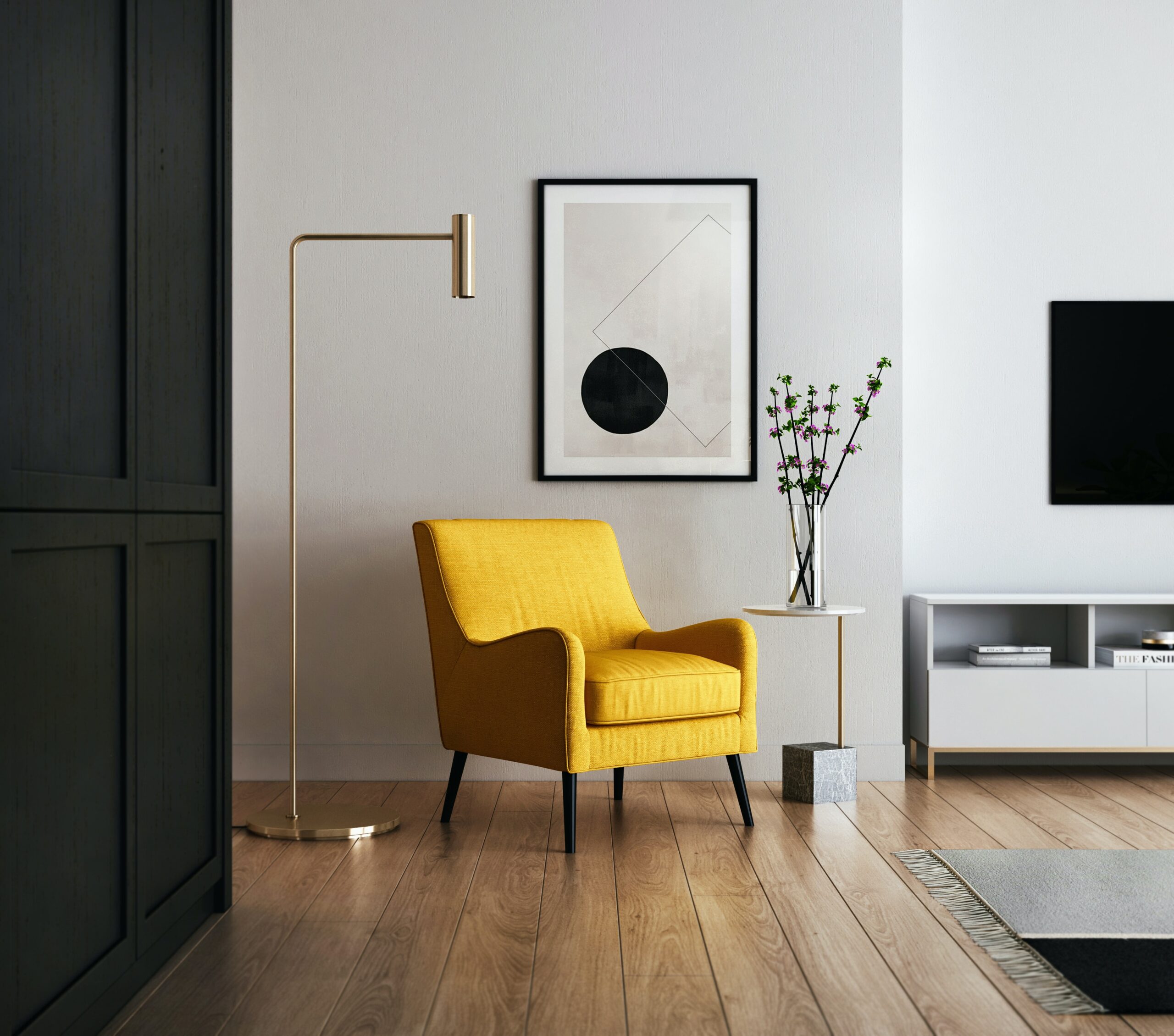Introduction
Designing a new room can be an exciting and creative process. Whether you’re moving into a new home or simply redecorating, a well-designed room can have a significant impact on your overall well-being and comfort. This guide will provide you with a step-by-step approach to help you design your new room efficiently and effectively.
Step 1: Define Your Style and Purpose
Before you start designing your new room, it’s important to define your style and purpose. Consider the function of the room and how you want it to make you feel. Are you looking for a cozy and relaxing space or a vibrant and energizing room? Take inspiration from magazines, websites, and social media platforms to help you discover your personal style.
Step 2: Plan the Layout
Once you’ve determined your style and purpose, it’s time to plan the layout of your room. Measure the dimensions of the space and create a scaled floor plan. Consider the placement of windows, doors, and any architectural features. Think about the flow of the room and how you will move through the space. Experiment with different furniture arrangements until you find the most functional and aesthetically pleasing layout.
Step 3: Choose a Color Scheme
The color scheme you choose for your room can significantly impact its overall atmosphere. Consider the mood you want to create and select colors that align with your desired ambiance. Use a color wheel to help you choose complementary or contrasting colors. Remember to consider the natural light in the room, as it can affect how colors appear. Create a harmonious color palette that will tie the room together.
Step 4: Select Furniture and Accessories
Now that you have a layout and color scheme in mind, it’s time to select furniture and accessories that will bring your vision to life. Consider the size and scale of the room when choosing furniture pieces. Opt for pieces that are both functional and aesthetically pleasing. Don’t forget to include storage solutions to keep your room organized and clutter-free. Choose accessories that complement your style and add personality to the space.
Step 5: Pay Attention to Lighting
Lighting is an essential element in any room design. Consider the natural light sources in the room and how you can maximize their impact. Supplement with artificial lighting, such as ceiling lights, floor lamps, and table lamps, to create a layered and balanced lighting scheme. Use different types of lighting for different purposes, such as task lighting for reading or studying and ambient lighting for a cozy atmosphere.
Step 6: Add Texture and Patterns
To add depth and visual interest to your room, incorporate texture and patterns. Consider using textured fabrics, such as plush rugs, cozy blankets, and decorative pillows. Mix and match patterns, such as stripes, florals, or geometric designs, to create a dynamic and visually appealing space. Be mindful of the scale of the patterns and ensure they complement the overall design.
Step 7: Personalize Your Space
Finally, don’t forget to personalize your new room. Display meaningful artwork, photographs, or sentimental objects that reflect your personality and interests. Add greenery with indoor plants to bring life and freshness into the space. Consider incorporating elements that evoke positive emotions and make you feel at home.
Conclusion
Designing your new room is an opportunity to create a space that is both functional and aesthetically pleasing. By following these step-by-step guidelines, you can design a room that reflects your personal style and enhances your overall well-being. Remember to take your time, experiment with different ideas, and have fun throughout the process. Happy designing!

